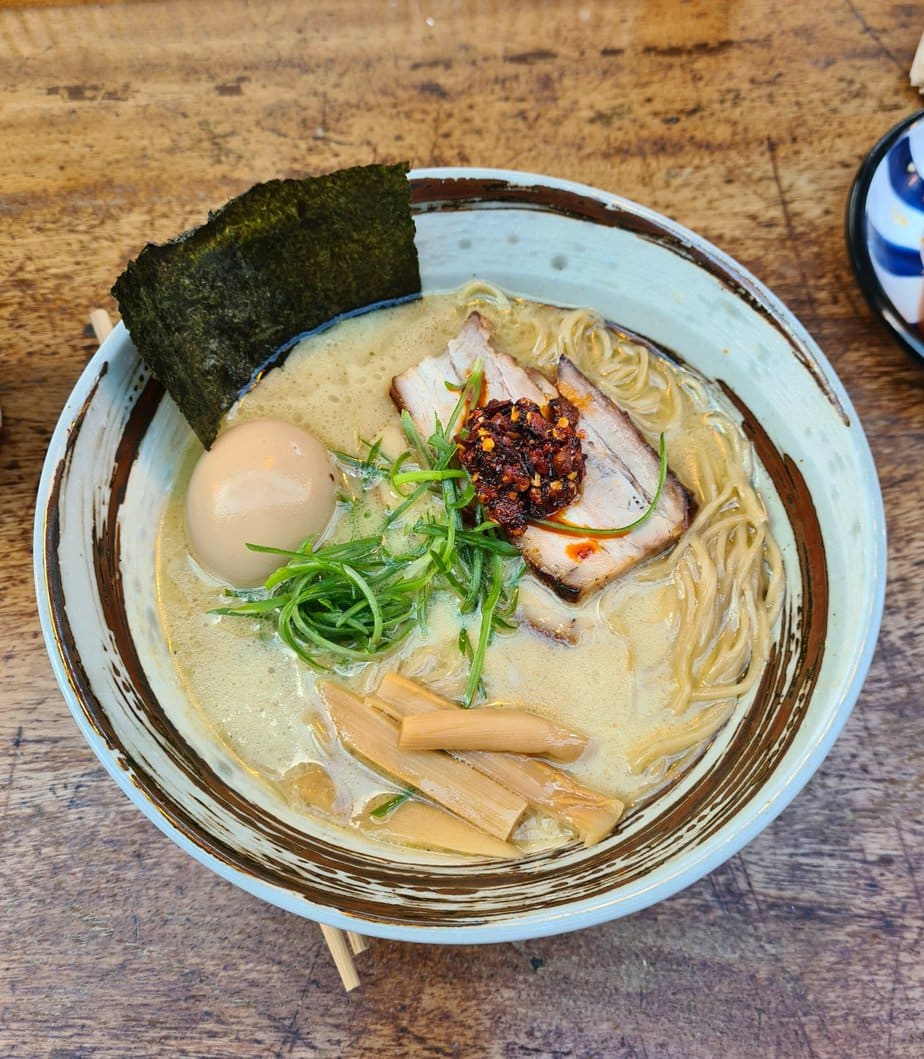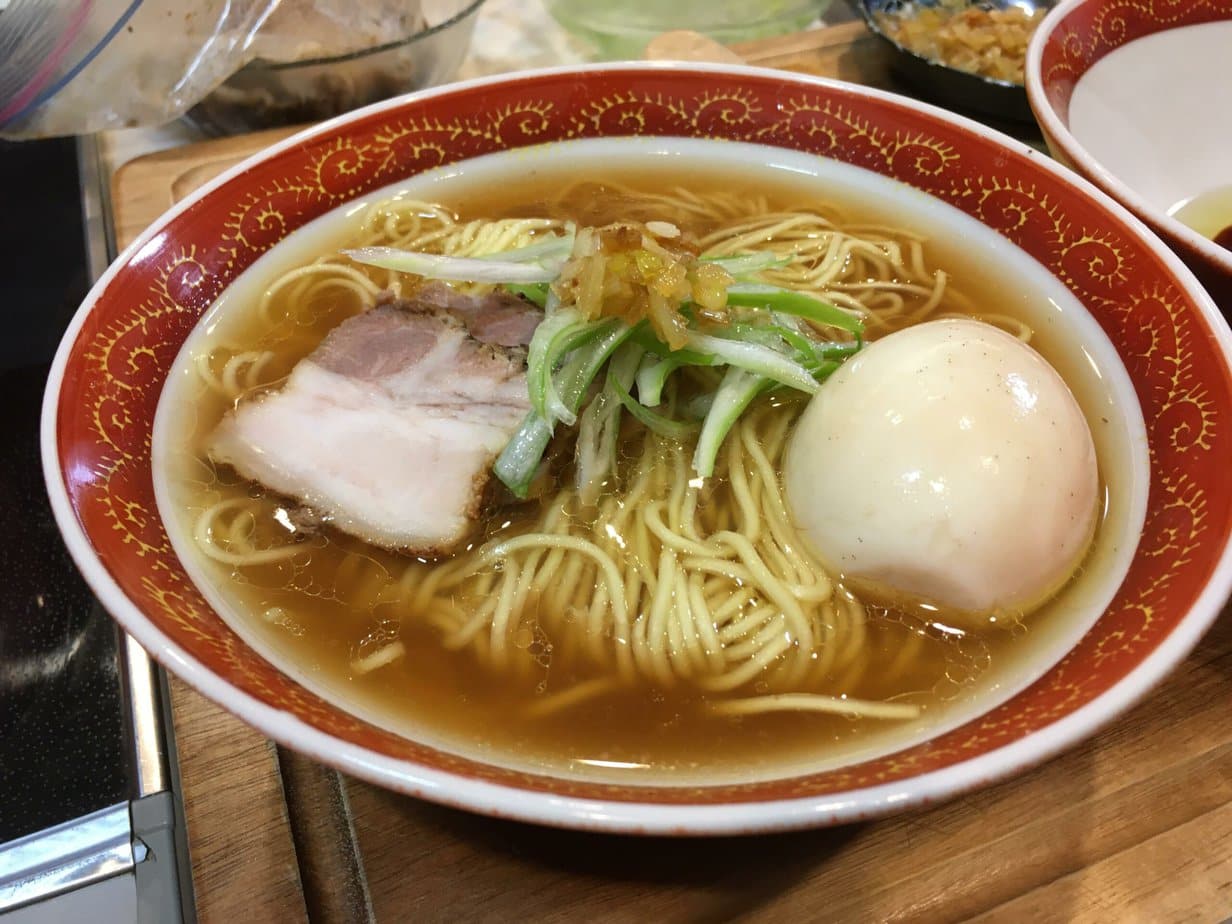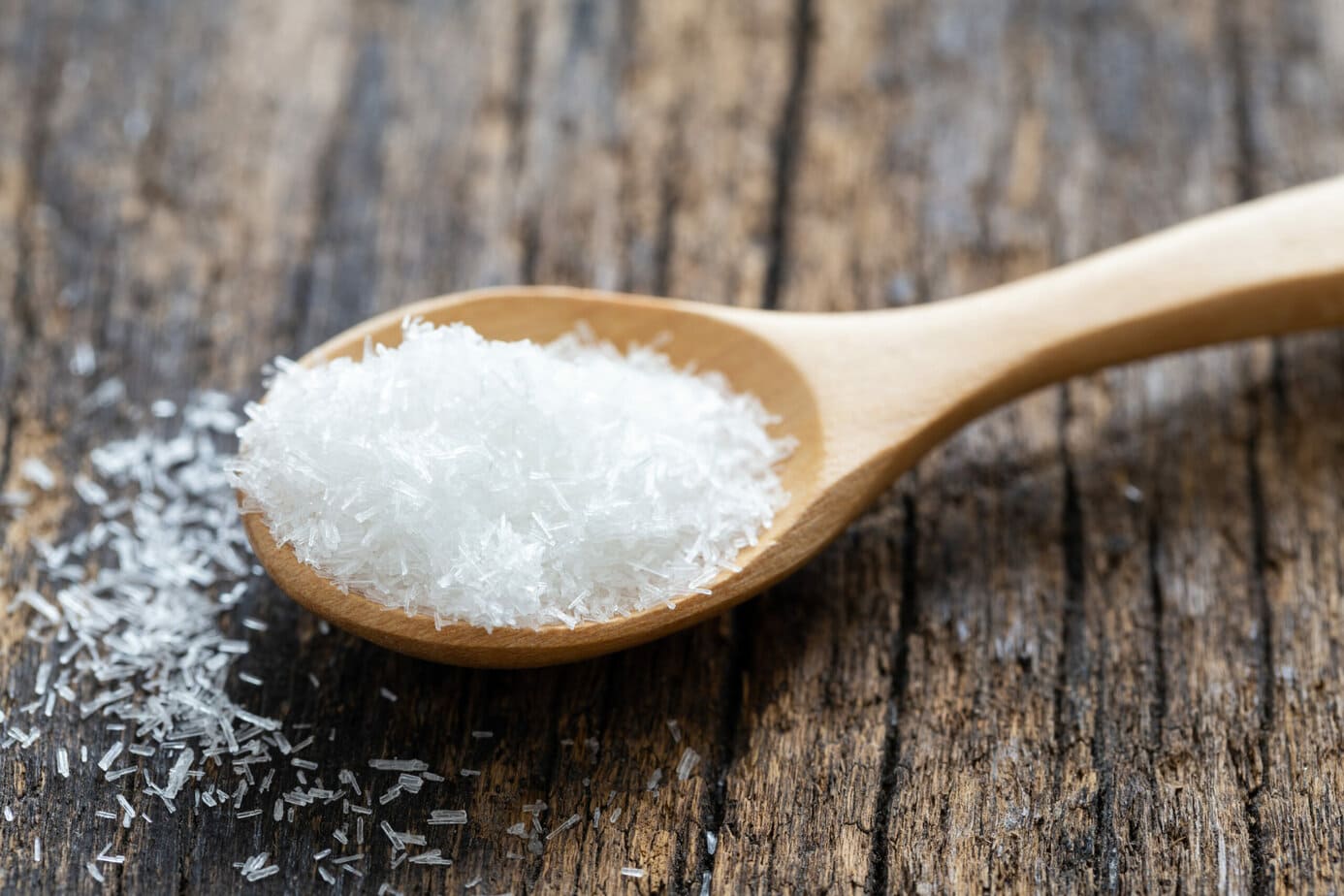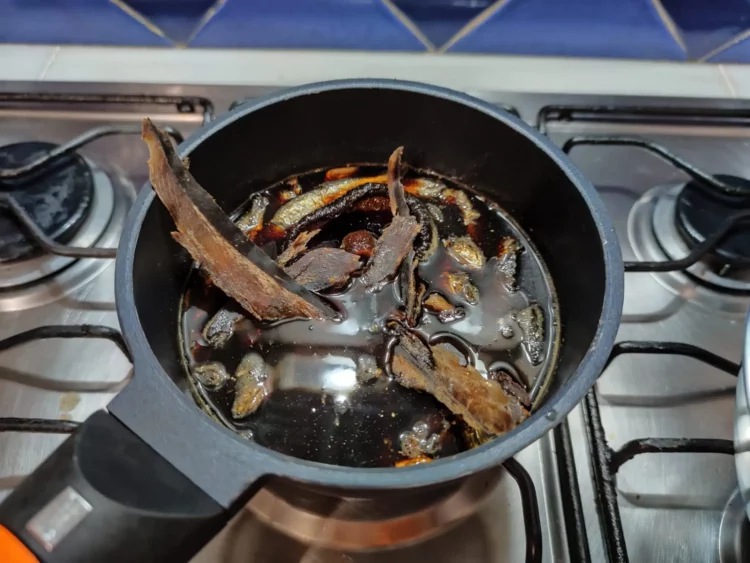Tare is the foundational seasoning that defines ramen, the beloved Japanese noodle soup. Think of it as the dish’s secret sauce, the element that gives every bowl its unmistakable character. In this article I will lay out the theory behind tare, which I will put into practice in my upcoming recipes.
In the culinary world tare is far more than a simple sauce. It guards the soul of ramen, capable of turning an ordinary bowl into a memorable meal. Many ramen chefs treat their tare recipe as a closely kept treasure, preparing it themselves so its character stays unique.
Tare is as complex as it is versatile. It delivers three essential qualities to ramen that we will explore in detail:
- Saltiness, the backbone that balances and highlights every other taste.
- Flavor, layers of aroma that add depth and nuance.
- Umami, the fifth taste that lends roundness and body.
Yet tare does more than provide these pillars. It ties every component of the bowl together, creating a harmony that is at once subtle and intense.
The key word: flexibility
In a ramen shop tare is a playground for creativity. A single stock base (whether Chintan or Paitan) can become countless bowls simply by switching the tare. This freedom lets chefs chase new ideas and serve ramen that reflects their vision. Add toppings such as Chashu, and the possibilities multiply even further.
At home tare offers that same liberty. Mix and match different tares and broths to craft a bowl that suits your taste. Because the seasoning is separate, you decide exactly which flavors to emphasize or tone down.

Tare is also remarkably shelf-stable. Its high salt content lets you make a larger batch, store it, and portion it out whenever you crave ramen.
More importantly, tare is an expression of ramen as an art form. It demands focus, precision, and patience, but it rewards that effort with a flavor found nowhere else.
If you want to grasp ramen – really grasp it – start with tare. There you will find the beating heart of this dish and the key to what makes every bowl unforgettable.
Tare is not just a sauce; it is a mindset, a way of approaching cooking that rises above ingredients and techniques. It is the spark that keeps ramen cooks inspired and diners coming back for more.
1. The Saltiness of Tare
Think of tare as the magician in the ramen kitchen. It is what wakes the broth up. Picture spending all day simmering stock only to taste it and feel nothing. Disappointing, right?
Nine times out of ten the culprit is simple: not enough salt. That is where tare steps in. Without it the soup falls flat, the way a stew without spices feels incomplete.
Some cooks swear by strict formulas like 1.5 percent of the broth’s weight. In truth the choice is yours. Love a boldly seasoned ramen? Add more. Prefer a gentler touch? Use less. It is your bowl and your palate.
Do not stress over exotic salts or fancy crystal shapes. Because tare is usually liquid, the type of salt makes little difference. Tales of shops using five artisanal salts are mostly marketing.
The takeaway is simple: salt matters, and tare is how you deliver it. That small addition turns a bland soup into something crave-worthy.

2. The Flavor of Tare
Tare is a flavor powerhouse. It is packed with kombu, shiitake, soy sauce, miso, and other bold ingredients that can transform a dish in seconds. Each tare is a compact flavor bomb waiting to explode in the bowl.
If you have tasted tare on its own you know how deep and layered it is. That complexity is intentional.
Here is the trick: if those same ingredients simmer in the broth for hours their flavor dulls. Think of spices that have cooked too long – they fade. By keeping tare separate you preserve every nuance and decide exactly how pronounced it will be.
This approach differs from most Western soups where seasoning goes in from the start. With ramen you add the tare at the very end, and that timing is what gives the broth its signature punch.
3. The Umami of Tare

Umami is the savory depth found in certain foods, and tare is expertly engineered to deliver it. Here is the simple science behind the magic:
- Glutamic acid: the primary source of umami. Parmesan, tomatoes, and grilled meat have it, and in ramen it comes from soy sauce, kombu, and miso. Many shops also use MSG to boost umami.
- Synergistic nucleotides: compounds that work with glutamic acid to amplify umami. They occur naturally in seafood, chicken, tomatoes, and mushrooms, acting like flavor amplifiers.
Tare combines ingredients rich in both elements, turning up the umami the way you turn up the volume on a song you love.
Japanese cooks have used this synergy for centuries, often without knowing the chemistry. They simply noticed that certain pairings tasted amazing together, such as the ingredients that form dashi.
The different kinds of Tare
Tare can take countless forms. Here is a short, non-exhaustive list:
Shoyu tare
- Main ingredients: soy sauce (shoyu), mirin, sake, sugar.
- Flavor: salty and slightly sweet with deep umami.
- Use: a staple in classic ramen, lending a dark hue and rich flavor.
Shio Tare
- Main ingredients: salt, often paired with seafood products such as kombu and katsuobushi.
- Flavor: clean and light, more delicate than other tares.
- Use: ideal for clear broths, it lets subtle flavors shine.
Miso Tare
- Main ingredients: miso (fermented soybean paste) blended with garlic, ginger, and other spices.
- Flavor: thick and hearty with pronounced umami.
- Use: essential for miso ramen, it delivers a warming complexity perfect for cold days.
Tantanmen Tare
- Main ingredients: sesame oil, soybean paste, chili paste, and sometimes peanuts or tahini. Derived from Chinese dan dan noodles.
- Flavor: spicy and aromatic with a gentle nuttiness.
- Use: used in tantanmen ramen, a fiery style that layers heat and complexity.
Spicy Tares
- Main ingredients: various chili peppers and chili oils, often blended with another tare base.
- Flavor: hot and vibrant, with heat levels that range from mild to blazing.
- Use: add a spicy kick to any ramen or form the backbone of a dedicated spicy bowl.

